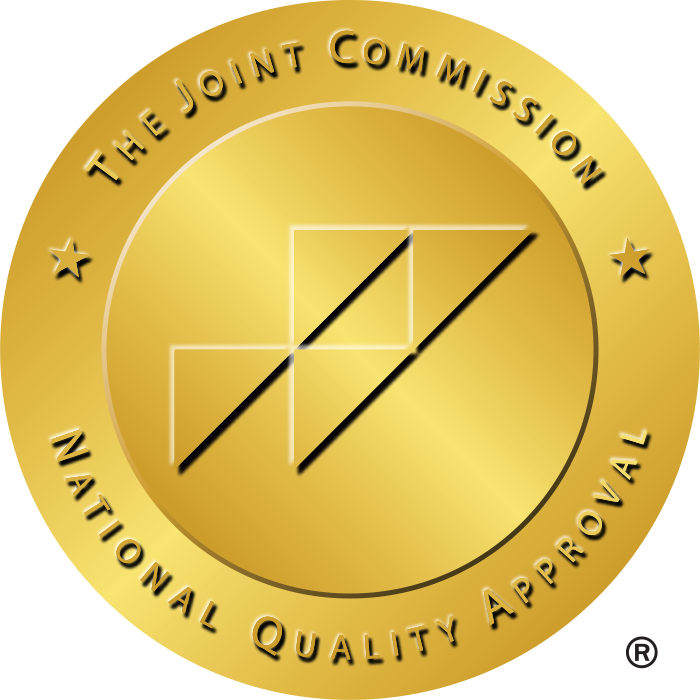Neonatal Intensive Care Unit is a dedicated and specialized field that works mainly for newborns who are critically ill, including premature infants and the ones who are in severe medical conditions. NICU staff provide life-saving interventions, non-stop monitoring, and compassionate care to some of the most crucial patients in healthcare. Their role and responsibilities are more than their actual role, as they are readily available to offer emotional support to the parents who are severely anxious about the uncertain challenges being faced by the newborn’s health.
The impact of NICU nurses in healthcare is quite noticeable. They collaborate with neonatologists, therapists, and other specialists to create personalized care plans that improve fragile infants’ survival chances. Their expertise in advanced medical technologies, such as ventilators, ensures that premature babies get the support they need.
The NICU is incredibly in demand as the most rewarding domain of the nursing industry. The emotional and physical toll of healthcare workers in a highly stressful environment requires resilience, skill, and compassion.
However, the ability to make vast changes in the lives of newborns and their families makes NICU a promising and irreplaceable profession in the industry, along with the best therapy jobs you can hunt on right now while staying in this domain.

Managing Premature Births
The core part of NICU nurses ‘ jobs is genuinely caring for the premature babies who are born before 37 weeks of gestation. Most of these babies are likely to suffer from underdeveloped organs, making it much more difficult to feed, breathe, and function properly. NICU must see all the vital signs to provide specialized care and work closely with neonatologists to ensure these infants are adequately attended to.
How to Overcome This Challenge
NICU nurses can enhance their flexibility to care for such premature infants by staying updated on the latest neonatal guidelines and practices. Attending various workshops and courses can help them improve their skills; further, collaborating with a proper team ensures that the best possible care strategies are being used for every infant.
Ensuring Respiratory Distress
The majority of the newborns in the NICU experience respiratory issues due to having immature lungs or congenital conditions. RDS, Respiratory Distress Syndrome, BPD, and Bronchopulmonary Dysplasia must be catered to carefully, ensuring sufficient oxygen therapy and surfactant administration.
How to Overcome This Challenge
To overcome this challenge effectively, NICU nurses must master ventilator management and oxygen therapy. Being familiar with different types of ventilators and non-invasive methods, such as CPAP, is crucial. Being trained regularly on respiratory management can help nurses to provide an optimal care solution while minimizing the risk of complications.
Adapting To The Evolving Medical Technologies
There is no doubt that NICU nursing needs a strong command and proficiency in handling medical technologies, which include incubators, ventilators, and infusion pumps. Strong advancements in neonatal care technology make it essential for a flow learning curve and adaptability.
How to Overcome This Challenge
To stay current with such medical advancements, NICU nurses should participate in various hospital programs and online courses related to neonatal care. Also, interacting in the training sessions helps ensure you become more confident and comfortable using medical equipment.
Providing Developmentally Supportive Care
Premature and critically ill babies in the NICU need appropriate care to support their growth and reduce stress, which could be any sort of care. Excessive noise, too bright lights, and too frequent medical interruptions can be too much for these patients. Being developmentally supportive is an essential aspect of this job, so it is also crucial to keep this aspect in mind.
How to Overcome This Challenge
NICU can strategize various methods, including clustering different care-intensive activities to reduce disturbances, effectively using dim lights, and even providing gentle handling techniques like Kangaroo care (skin-to-skin contact). Also, educating parents about such methods and encouraging their active involvement in the protection process can play a pivotal role in achieving better results.
Balancing Emotional Strain
Taking care of critically ill newborns can be emotionally overwhelming for the nurses. Seeing the challenges faced by those little ones, along with experiencing loss in some cases, can lead to emotional breakdown, exhaustion, and burnout. Make sure to train your mind to be strong enough to tackle any challenges you face while performing your duty, since in most cases, you need to think and act accordingly to what your mind says rather than being dependent on an emotional response.
How to Overcome This Challenge
NICU nurses must put themselves in self-care and seek emotional support and connection when needed. Hospitals and clinics must give them mental health resources, which include therapy and counselling sessions, to help nurses cope with the emotional demands of their jobs. Being engaged with such practices, regular exercises, and taking breaks can also help diversify your stress management.
Enhancing Family-Centered Care
Parents of the NICU infants are likely to go under severe pressure and stress due to the sensitive health of their child. Being thorough and communicating effectively while involving family is essential, ensuring they are heard and listened to in the NICU care.
How to Overcome This Challenge
NICU nurses can make family-oriented care by simply keeping the parents informed and updated about their child’s health, encouraging them to be more in contact skin-to-skin, involving them in active participation, and the decision-making process. Furthermore, hospitals can implement family-oriented programs to ensure parents feel empowered and engaged in their child’s healthcare journey.
Coping with Staffing Challenges
One of the factors that goes unnoticed is the staffing shortages, which can increase and overburden the existing workload for nurses already assigned various duties. High patient-to-nurse numbers can significantly impact the quality of care and overall nurses’ well-being.
How to Overcome This Challenge
Hospitals must address adequate staffing to ensure optimal range for patient care, and NICU nurses can support one another via teamwork and delegating tasks. Further, mentorship courses can help new nurses transition easily into the working environment, which puts a full stop to stress management on the team.
Wrap Up
NICU nursing is a demanding yet challenging and proficient profession that needs dedicated skills, emotional support, and a continuous learning curve. From managing premature births to dealing with the emotional trauma and staffing obstacles, NICUs face multiple challenges. Simply staying informed, updated, and prioritizing self-care are some of the most straightforward challenges to tackle. Ultimately, it provides the highest level of care for the little patients.
The true dedication and passion of the NICU can make a drastic change in the life of infants and their families, making sure that even the most sensitive ones have a good start in life.







